I got back from Ukraine okay a couple of weeks ago, and now have all the photos copied to my PC, backed up, and geotagged. I have also processed a few photos (just from one day in Dnipropetrovsk), which I'll share in this blog post.
Quite a few things went wrong on the holiday, but overall it was an enjoyable experience. I think that if I could speak Russian or Ukranian, some of the problems we experienced could have been avoided.
There are plenty of good subjects for photography in Ukraine, particularly if you are fan of Soviet architecture and urban decay.
Нет фото?
One of the problems I came across quite often was being told that I wasn't allowed to take photos. Most churches don't allow you to take photos inside. You aren't allowed to take photos at most markets either, though very few actually have no photo signs up.
Just after I took the photo below, which was in an underpass outside the Metalurhiv Metro Station in Dnipropetrovsk, a lady came up to me and told me I couldn't take photos there. And this wasn't even inside the metro station.
When I got down to the main hall of the metro station, where the platforms are, I couldn't resist taking another photo though. There are plenty of other photos of the metro online, including on a Dnipropetrovsk tourist website, so I can't see any harm in publishing the photo here:
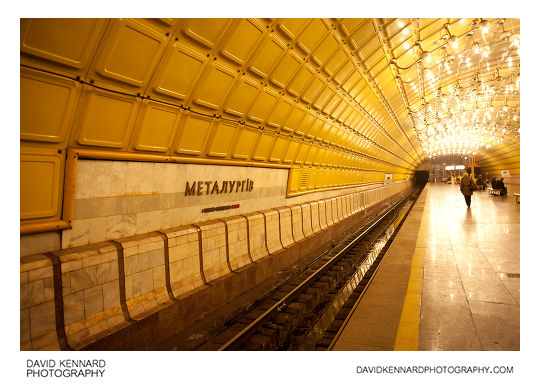
Looking west along the platform at the Metalurhiv Metro station, in Dnipropetrovsk, Ukraine. The Dnipropetrovsk metro was the first underground railway to be opened in Ukraine after the collapse of the Soviet Union. It is also one of the shortest metro systems in the world, with a length of only 7.8km.
On the Kiev metro I don't think I was ever told not to take photos. I did see one no photos sign on the back of a small booth in one of the metro stations though. So I am unsure if taking photos actually is allowed on the Kiev metro or not.
Many tourist attractions in Ukraine are also not friendly for photography. Some charge an extra fee if you want to be able to take photos. Others charge an extra fee for professional photography.
We had quite a pain trying to get into the Museum of Folk Architecture in Kiev because my DSLR camera and tripod were classed as professional equipment. Eventually we did manage to get in without paying the extortionate fee for photography.
What the fee for professional photography actually gets you, I'm not sure. It seems unlikely to me that they'd give you a signed property release. More likely it is just a way to get more money out of tourists.
Equipment troubles
I had a few problems with my photo equipment during the trip. The worst one was my camera slipped out of the quick release clamp on my tripod, and proceeded to smash down on the cave floor below. This damaged the camera, lens, and lens adapter.
The fisheye lens was on the camera at the time, and received a chip part-way between the centre and edge of the front element. So I didn't take quite so many panoramas on the holiday than I would have otherwise. (The accident happened quite early on in the holiday).
After a couple of days I was able to get the camera working fully again (though the camera body is quite damaged). And after a week or so I managed to do partial fix on the adapter to let me use my fisheye lens on the camera. I haven't looked carefully at images taken with the lens after the damage occurred yet, but I do know that it is pretty rubbish for night photography now.
The damaged lens now flares massively when there are light sources near the edge of the frame. Unfortunately this is almost always the case when shooting in a city or town at night.
My small shoulder bag that I use for carrying lenses didn't fare very well either. The prongs on the clips used for keeping the top of the bag closed snapped off. After a while I managed to buy some thread, (blunt) needles, and velcro, and replaced the broken clips with velcro.
Shortly after I had fixed this problem, the strap on the bag broke. I tried a few different shops and markets in different towns over a few days, but nowhere seemed to sell straps with carabiner style attachments on the ends.
Eventually I found a camera shop that sold standard style camera straps. The camera strap I was using had carabiner style attachments on it (to allow easy removal of the strap when taking panoramas). So I bought a new standard strap for my camera and used my old camera strap for carrying the bag.
The new camera strap was quite expensive (about £10), and is emblazoned with a pointless For Canon
logo in big writing. But I thought it was better than having no strap on my camera.
However, this strap then started to break. The problem was that the ends of the strap were undoing and fraying. (The ends should have been melted to prevent fraying). Another problem was one of the split rings used to attach the strap to the camera bent badly and undid itself.
Although my camera bag breaking was quite annoying, it wasn't that surprising. It was only designed as a camcorder bag, and only cost £5 after all. The bad quality of the more expensive camera strap I bought was surprising though.
As an alternative to carrying lenses in my shoulder bag, I did have a gilet. I wore this for several days while the camera bag was out of action. A gilet (with a few large pockets) is a good way of distributing the weight of lenses across your body, as well as making the lenses easy to access. But really it was far too hot to wear, especially while walking.
I used the Gilet more near the end of the trip in November, when we started to travel back up towards Kiev, and the weather was noticeably colder.
I also had my Lowepro Fastpack 250 backpack with me, and used it for most of the trip. The bag does have side access so you can swing it round to your front to get to your lenses without taking the bag off. But unless you are only wearing the bag on one shoulder, I find this quite cumbersome. So I just used it as a standard backpack for carrying a spare jumper and other bits and bobs.
In Ukraine it is quite rare to see someone with a backpack, everyone tends to use large carrier bags. There is a good reason for this. Marshrutkas (small buses) have a very narrow aisle, and it is difficult to fit down the isle without hitting your backpack against everyone sitting on either side.
Trolleybuses have a much wider aisle, but are usually packed full. Again, a backpack makes it very difficult to move around. There were a few times I inadvertently hit people with my backpack while trying to manoeuvre myself on a bus.
Having my camera round my neck while on a bus turned out not to be a good idea either. A few times the LCD viewfinder I use on the camera got knocked off as people pushed past to get off the bus. Later in the trip it actually broke in two.
So I ended up making sure that I put my camera in my shoulder bag before I got on a bus. I also made sure to take my backpack off before I got on. This made travelling a bit easier. But it does mean that you can't take any photos while you're waiting for the bus.
The Lowepro Fastpack 250 backpack I was using does not come with an all weather cover. So I had purchased a separate waterproof cover for it. I stored the cover in its bag in the side pocket (meant for water bottles) of the Lowepro bag. Unfortunately the cover fell out of this pocket while in the boot of a bus, and I didn't notice until after we'd left the bus (and it had driven off). Of course, after this we had some very wet weather where I really could have done with having the waterproof cover.
Another issue with the backpack was that supermarkets do not let you walk round with a bag (or camera). Instead you must put them in a locker near the entrance. But the backpack was too big to fit in a locker. So I couldn't go round any supermarkets unless they were near the hotel. (So I could drop my bag off at the hotel first).
I had quite a few problems with screws, nuts etc. coming loose. I'm not sure if this was due to equipment being bounced around on buses, or being bounced around while walking with it.
One of the knobs on my KS-1 ball head used for tightening the ball head fell off completely. I didn't see where this happened, and so the screw / knob was lost completely. I could still tighten the head using the other knob luckily, but it did make it more difficult to tighten the head and achieve a desired framing.
The screws at the base of the KS-1 ball head also managed to loosen themselves. The whole top of the ball head popped off while I was walking along. The screws don't seem to tighten fully either, so I couldn't get the head back to a reasonable working condition.
The KS-1 ball head cost me £42.50, which is quite cheap for a ball head. But still, I didn't expect it to fall apart and break so easily.
The top screw fell off of my Nodal Ninja pano head. Luckily I noticed not long after it had happened. A lady nearby had found it, and gave it back to me.
The slidy bit at the top of one of my tripod legs (sorry, I don't what its technical name is!) came very loose. Thankfully I noticed before it fell off, and tightened it back.
As usual when shooting all day and changing lenses a lot, dust was quite a problem. I tried to clean my sensor every morning before we left the hotel. Normally it took several cleans to get to a reasonable level of cleanliness.
This took quite a long time as it meant carefully checking a test image after each cleaning to make sure that the sensor really was clean.
I did have one (minor) dust spot that I could not remove from the sensor. Unfortunately I didn't have a wet clean kit with me, so I couldn't clean that spot off until I got home.
When I did get home, I realised that I had left one of my camera batteries and the charger at the hotel. After looking at postage prices from the Ukraine to the UK, it looked like it would cost the same or more to get it posted back than purchasing new off-brand ones in the UK.
Crime and Safety
In terms of crime, Ukraine seemed like a pretty safe place. My brother did get his card scammed (probably a dodgy cash machine). So that is something to be aware of. But we never had any problems with pick-pockets.
Whenever we were out at night, we never saw any drunken louts. Although you will find drunks, they tend to be pretty happy and friendly. I think we probably came across more drunks in the middle of the day than we did at night.
Google / Asus Nexus 7 tablet
For storing my photos while on holiday, I was using the Google Nexus 7 tablet, along with a USB hard drive caddy, and 2 hard drives. Using 2 drives meant I could keep 2 copies of all the images, useful in case one drive should suddenly die.
This worked well, though was rather slow, as the Nexus 7 (and the caddy I was using) are only USB2.
The Nexus 7 developed a small brown patch on part of the screen partway through the holiday. I contacted Google after I got back, and they have sent me a replacement.
I didn't find the Nexus 7 quite as useful as it could have been for other purposes. Although it does include GPS capabilities, the GPS chip they've included is pretty rubbish. My Garmin GPS is a lot better at acquiring and keeping a satellite lock. The Garmin is a dedicated GPS unit, but given that it is from 2006, I would have thought that Asus could have included a chip at least as good in the Nexus 7 today.
Before leaving for Ukraine, I had created a KML file with markers for our hotels, train stations, bus stations, and points of interest. Unfortunately this file did not work properly on the Google Maps and Google Earth apps on the Nexus 7 unless the tablet had an internet connection. This is not a problem with the tablet itself, just buggy apps.
Another mapping app I downloaded, Everytrail Pro, was quite buggy as well. Although it lets you download maps for viewing with no internet connection, the map tiles would tend to flash on and off, making it very difficult to use.
Eventually I found a partial answer to my problems - an app called Locus Free. This app will let you import KML files, and shows all the points in the file. It will also let you download maps for viewing offline. And it has a keep GPS switched on mode. (Normally if you put the tablet in standby mode it will drop the GPS connection, meaning you must have the screen switched on all the time to maintain a GPS lock).
This doesn't fix the problem with the GPS lock being dropped due to the low quality GPS chip used in the Nexus 7, but does give some respite to having to constantly wait for a new lock whenever you want to use the map.
Most of the time I would just copy the RAW files across to the two hard drives (one at a time), and I wouldn't view the files at all. But occasionally I did want to view an image, and for this I used an app called RAWdroid. This shows thumbnails of all the images in a folder. It also lets you view the images larger and extract the JPEG preview image.
However, part-way through the holiday RAWdroid updated itself, and the menu for extracting the JPEG disappeared. So I could still view the images, but couldn't extract JPEGs. This wasn't a big problem, but was a bit annoying.
Well, that's all for now!

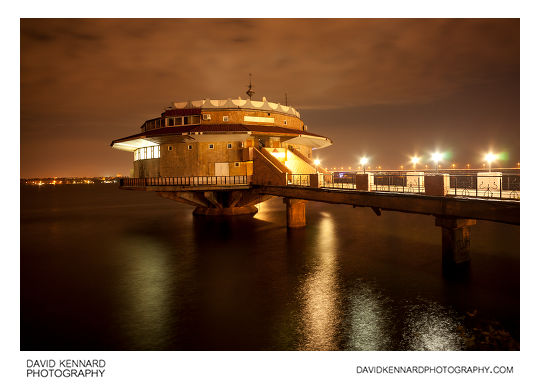
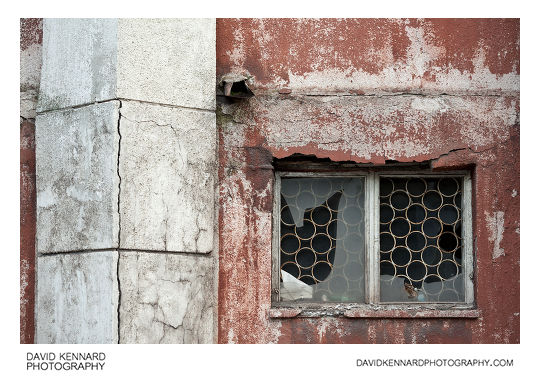
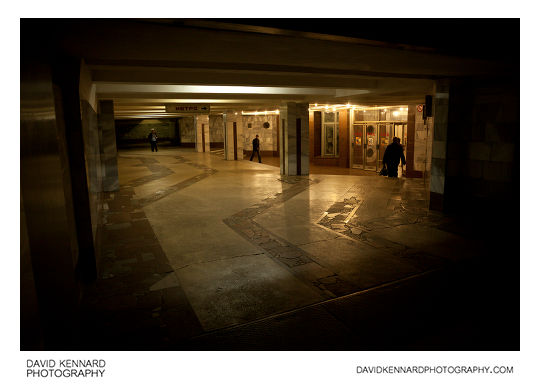
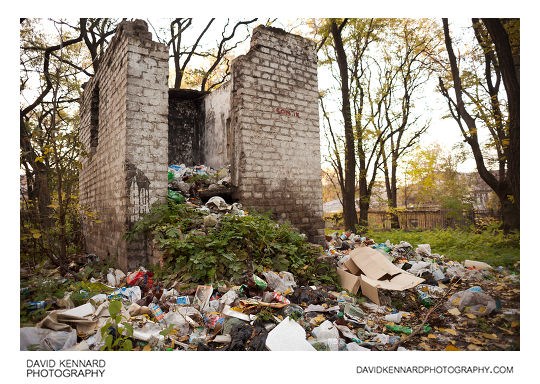
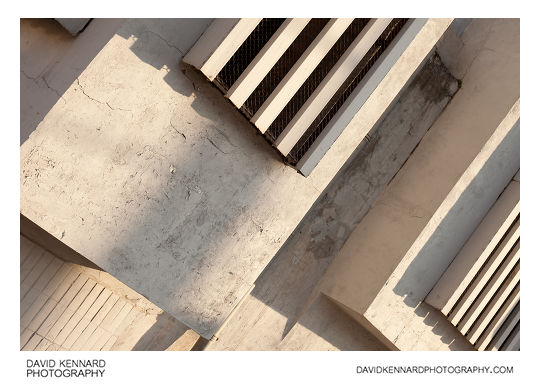
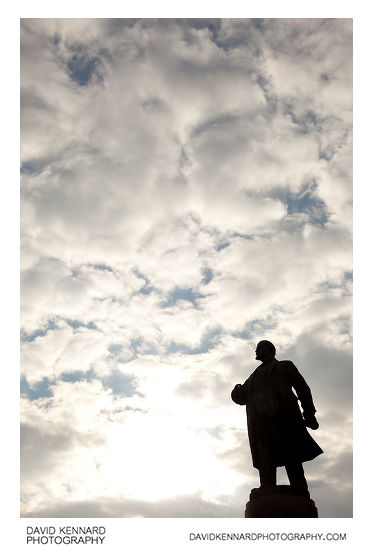
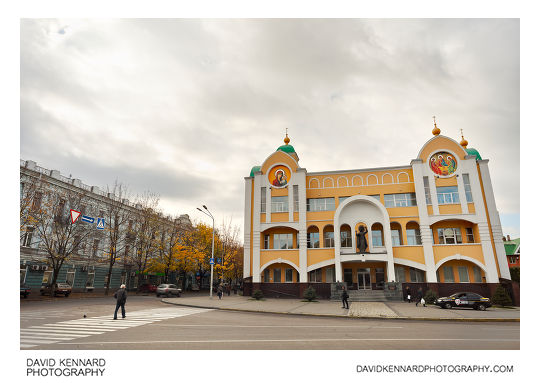
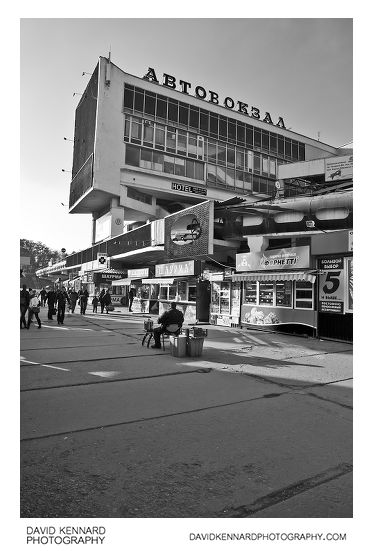
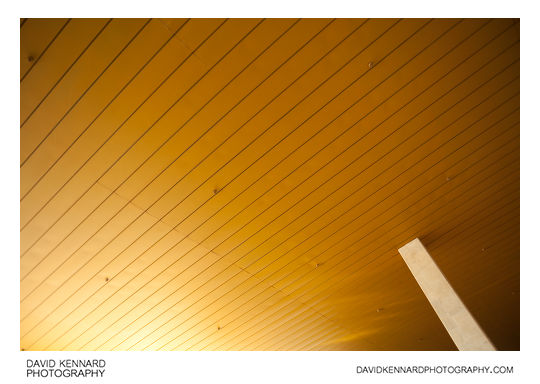
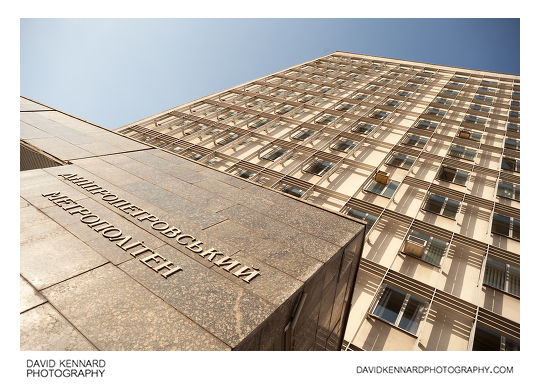
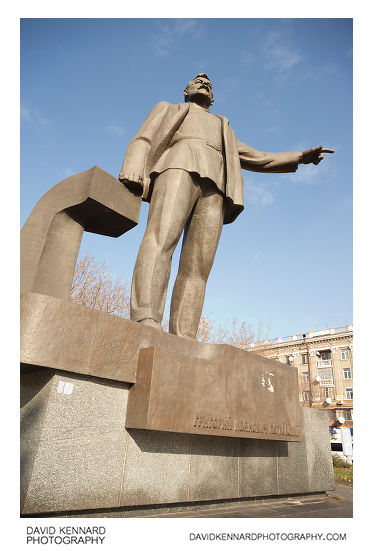
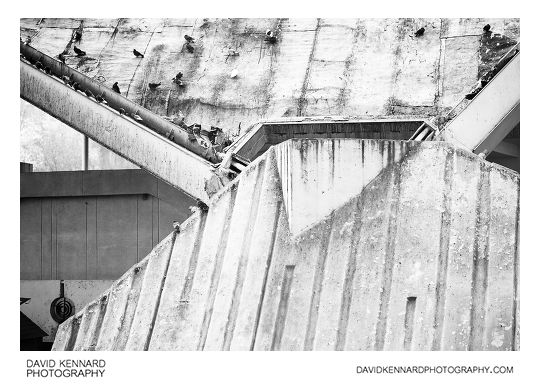
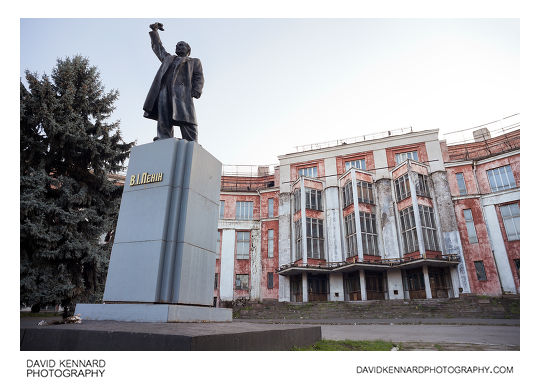
Leave a Reply